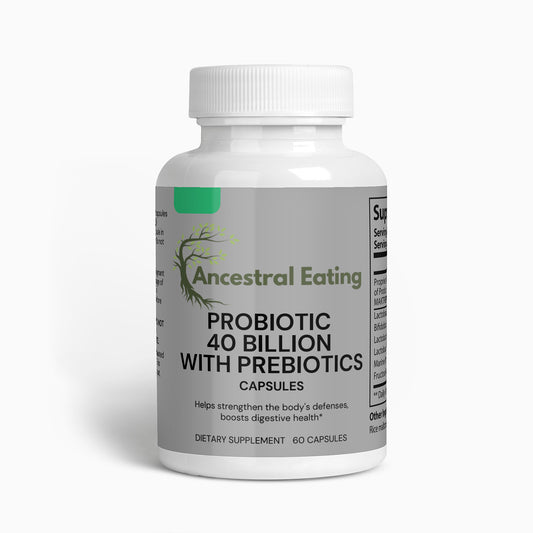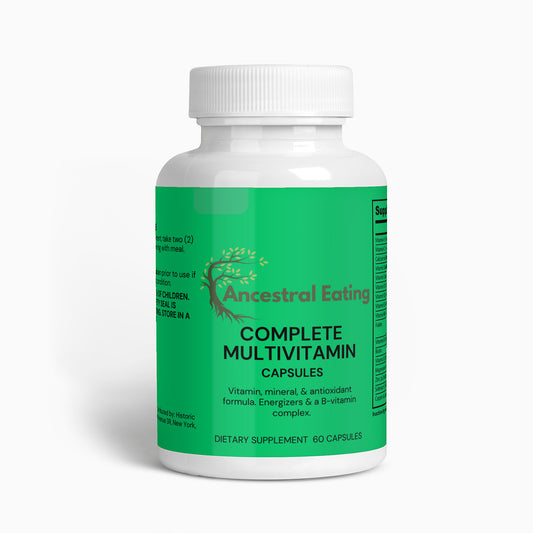The culinary history of Fiji is influenced by its tropical climate, oceanic surroundings, and interaction with various cultures over the years. The indigenous Fijian diet has been augmented over the years by the contributions of indentured laborers from India, as well as other immigrants and traders from China, Europe, and other Pacific Islands. Here's an overview of foods and culinary practices prominent in Fiji over the last 500 years:
Staples:
- Taro (Dalo): A starchy root vegetable that's a traditional staple, often boiled, fried, or served in stews.
- Cassava (Tavioka): Another root vegetable that can be boiled, fried, or baked.
- Rice: Introduced mainly by Indian immigrants and has become a staple food.
- Breadfruit: Can be roasted, fried, or boiled and has been a traditional seasonal staple.
Proteins:
- Fish and Seafood: Given Fiji's island geography, fish like tuna, mahi-mahi, and snapper, as well as shellfish and other seafood, are integral to the diet.
- Chicken and Pork: Commonly used meats, often prepared in earth ovens called "lovo."
- Lamb and Goat: Introduced mainly by Indian immigrants and consumed in curries and stews.
Fruits and Vegetables:
- Coconut: Used in both savory and sweet dishes, and as a drink.
- Banana, Pineapple, Mango, and Papaya: Commonly grown and consumed fresh, dried, or in desserts.
- Leafy Greens: Such as bele and rourou (taro leaves), often cooked in lolo (coconut cream).
Spices and Condiments:
- Chillies: Hot peppers are used, particularly in Indo-Fijian cuisine.
- Turmeric, Cumin, and Mustard Seeds: Spices commonly used in curries.
- Lolo: Coconut milk or cream is used in a variety of dishes.
Beverages:
- Yaqona (Kava): A traditional drink made from the root of the kava plant.
- Coconut Water: Freshly consumed from the nut.
- Tea and Coffee: Influences from British and Indian culture.
Traditional Dishes:
- Kokoda: A raw fish salad, similar to ceviche, marinated in lime juice and coconut milk.
- Lovo: A feast involving meats and root vegetables cooked in an earth oven.
- Palusami: Taro leaves filled with coconut milk and sometimes meat, then baked.
- Roti and Curry: Flatbread with spiced meat or vegetable curry, influenced by Indo-Fijian cuisine.
Historical Influences:
- Indigenous Practices: Traditional methods like cooking in earth ovens and using local vegetables and roots.
- Indian Influence: The indentured laborers from India introduced spices, rice, and curry dishes.
- European Influence: Introduction of cattle, and European cooking methods and ingredients like potatoes and carrots.
Modern Influences:
- Globalization: Modern Fijian cuisine includes pasta, pizza, and other international foods, as well as packaged snacks and drinks.
The Fijian diet is a unique blend of native foods and international influences, making it a rich and diverse culinary landscape.






